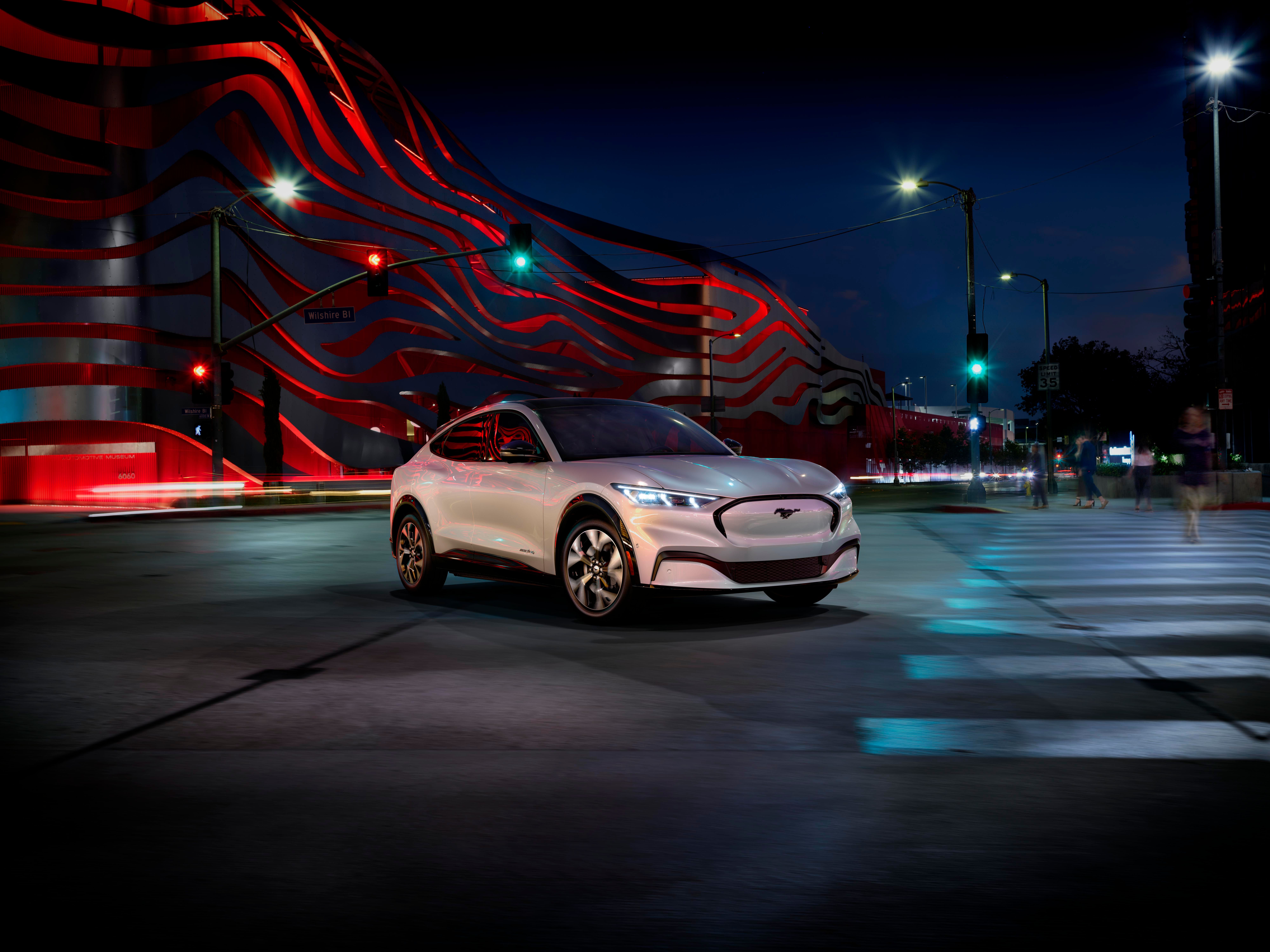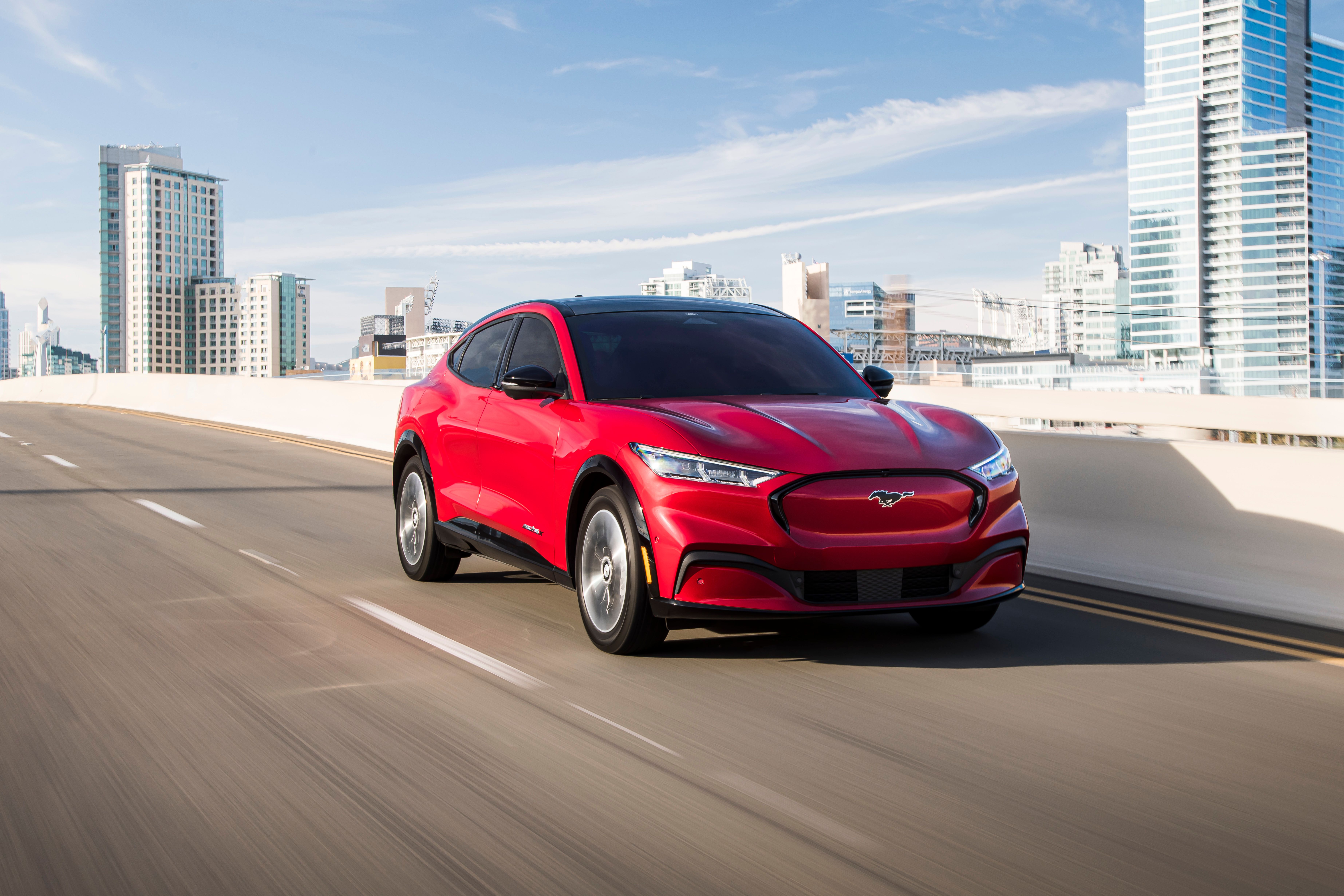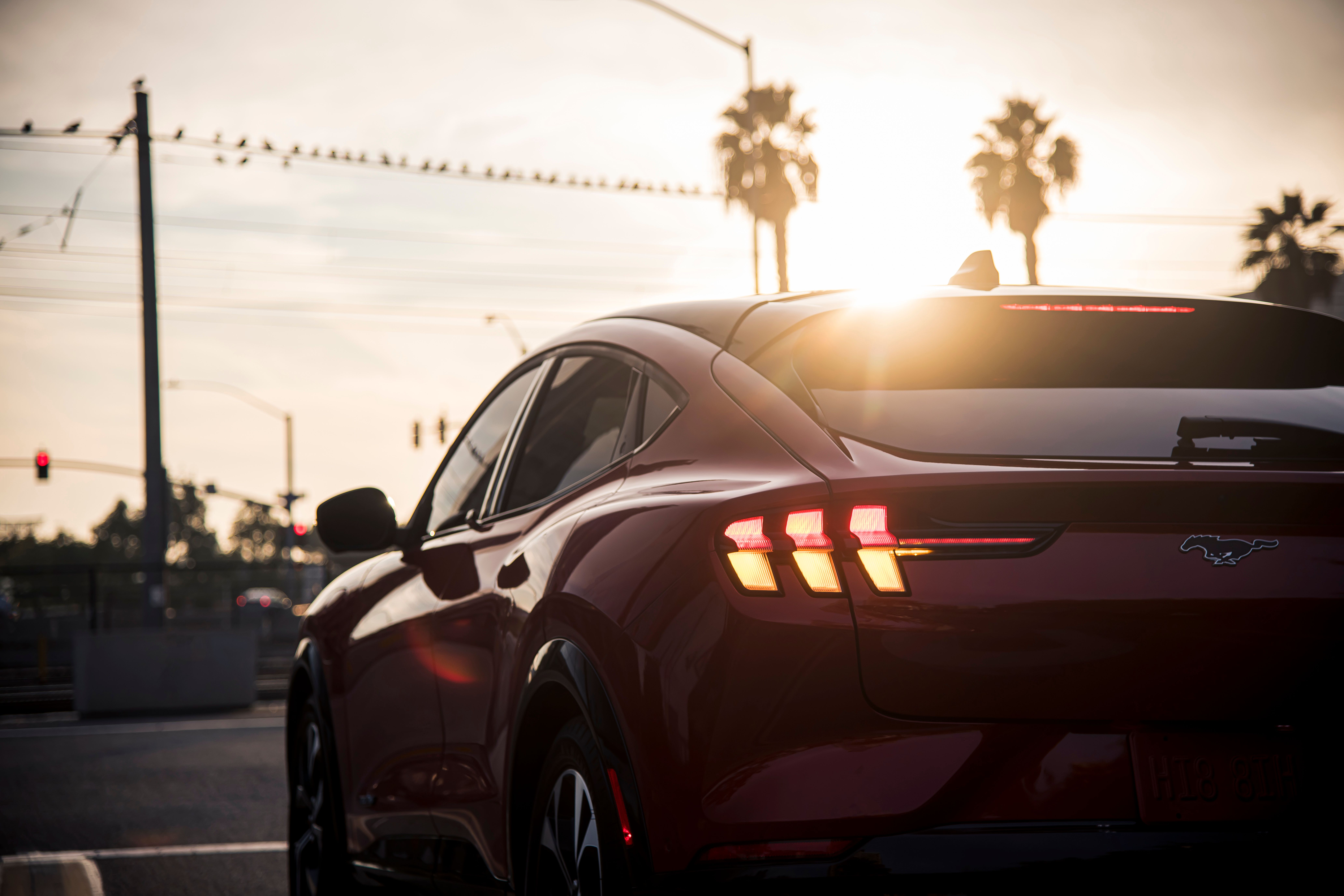One of the main problems with Electric cars is that they are incredibly expensive to buy up front. Sometimes the sticker price can be up to $14,000-$15,000 more than their gasoline-powered cousin. However, the gap in price between these two kinds of automobiles is closing, and Ford's CEO, Jim Farley, thinks it will eventually come to a head.
What Ford's Jim Farley Thinks About the Direction of the EV Market
Farley spoke at the Bernstein Strategic Decisions Conference on Wednesday, June 1, 2022. Farley said that he thinks many automakers will be duking it out in dealerships over customers as some EVs may soon be priced at about $25,000.
He also mentioned that for an EV to sell at that price, the cost of materials will be about $18,000. This price point is several years away, at least at the current rate of progress in terms of EV battery development. Large batteries for EVs have been getting more advanced over the last decade, but only recently have their prices begun to drop.
All this is down to manufacturers looking to replace some of the rare and precious metals, such as nickel and cobalt, which are currently some of the main ingredients in EV batteries, with different elements and compounds.
To break into the potentially up-and-coming budget-EV market, Ford is looking to cut back on production costs, and it all starts with a new EV platform. Farley said, "half the fixtures, half the work stations, half the welds, 20% less fasteners...we designed it, because it's such a simple product, to radically change the manufacturability.”
Ford is also looking to implement strategies such as making the car as aerodynamically efficient as possible to get more range out of a battery. That means that to get 250 miles of range, you will not need such a massive battery for a car with superior aerodynamics.
On top of that, Ford wants to change the way the company works. In March 2022, Ford said they wanted to split into two distinct divisions-Ford Blue, which would focus on internal combustion engines and cars that use them, and Ford Model E, which would develop EVs.
What about the cost of ownership for EVs?
A study from Energy Innovation that was conducted in May 2022 used a Hyundai Kona SEL, Hyundai Kona Limited, Ford F-150 XL, Kia Niro EX Premium, Volvo XC40 Inscription, and a Nissan Versa S CVT.
They then compared the TCO (Total Cost of Ownership)of those cars to their electric cousins; the Hyundai Kona Electric SEL, Hyundai Kona Electric Limited, Ford F-150 Lightning Pro, Kia Niro EV EX Premium, Volvo XC40 Recharge Plus, and a Nissan LEAF respectively.
The conclusion was that electric cars have a much lower total cost of ownership than their gasoline-powered cousins, even though they are significantly more expensive to buy. The study also showed that on average, an EV could save the buyer $6,000 by the time it konks out.
Most of that was down to the average cost of gasoline in the U.S., which is hovering at $4.72 per gallon according to AAA. That is in contrast to the average cost of electricity per kWh at the time of the study which ranged from $0.10 to $0.33. Due to price alone, EVs could outshine internal combustion engines in terms of popularity rather quickly.



